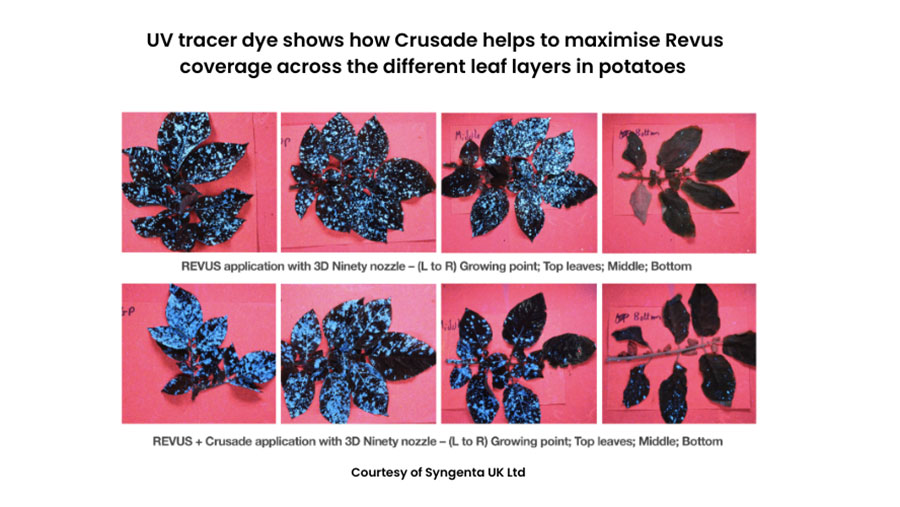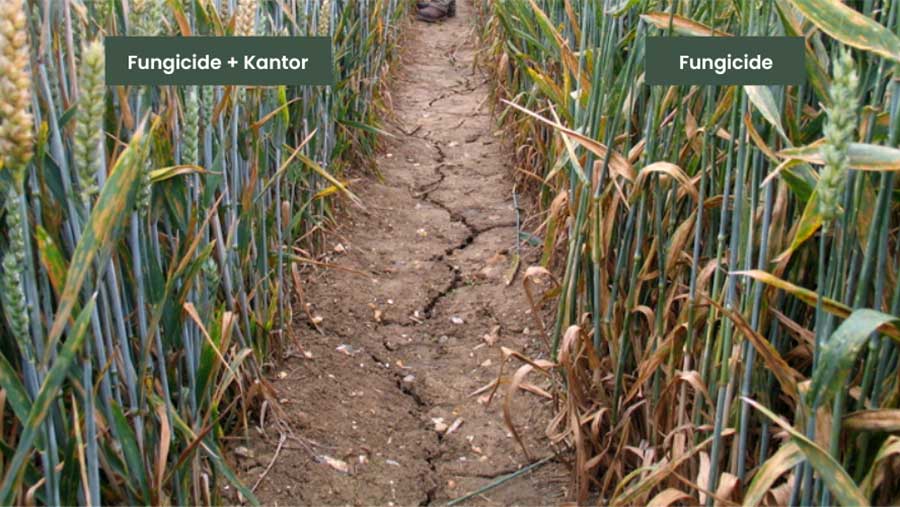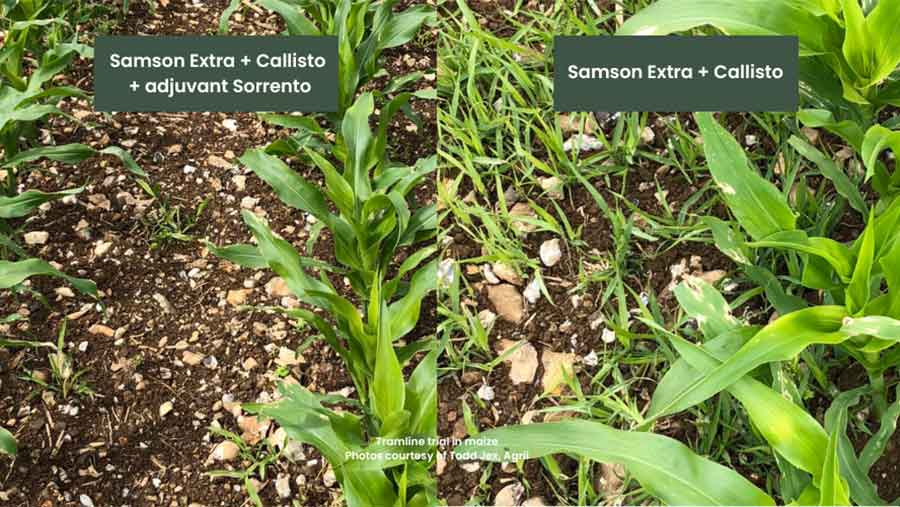Advertiser content
How to enhance crop protection sustainably
Provided by
Interagro (UK) Ltd is a leading manufacturer of tank-mix adjuvants, water conditioners and biostimulants that help farmers achieve more sustainable and profitable food production through superior plant health.
 © Interagro
© Interagro In the world of farming, every season brings a new challenge and often significant variation in crop production performance. A lack of rain at the right time, lack of sunshine at the right time and poor nutrient availability when your crops need it, all impact potential.
Biostimulant manufacturers like Interagro have sought to help reduce fluctuations in cropping performance by improving stress tolerance and nutrient-use-efficiency. Benefits that can help you achieve vigorous crop establishment minus the stress, and keep crops powered up through the season to beat stress.
This year, as farmers face higher input costs and pressures on profitability, now is a good time to also look at ways to improve the efficiency and effectiveness of crop protection programmes. Here’s our top tips for some quick wins to enhance crop protection success:
1. Correct water quality
One major way to improve pesticide performance is to optimise water quality.
Water makes up 95% of the spray solutions you apply to your fields and many farmers are unaware that they could be losing 30-50% efficacy if they fail to correct hard water and high pH.
Hard water cations can lock-up pesticides reducing uptake into plants, whilst high pH can cause pesticide breakdown.
Not all pesticides are affected, and it depends on the water source used for spraying, but you should test spray water quality and correct it with a water conditioner or adjuvant (with buffering properties), before you add susceptible pesticides to the spray tank. You could gain significant efficacy.

© Interagro
2. Optimise tank mixing & compatibility
Only products fully dissolved in the spray tank can be absorbed by your plants in the field so optimising tank mixing and compatibility is crucial.
Tank mixing pesticides offers flexibility, saves time and may increase effectiveness, but poor mixing and incompatibility risks plants health and causes downtime.
Unfortunately water is not a great carrier for agricultural chemicals as it is a charged polar molecule and variability in water temperature and quality can affect how well products dissolve into it.
An intense spring workload, with multiple tank-mix partners and cold water all heighten the risk of a problem.
Adding a compatibility adjuvant like Kantor will help emulsify the mix, even in cold water, and reduce the likelihood of a mixing problem. It’s such a quick win to stabilise mixes and improve efficiency.
3. Hit your target
Timely on-target spraying is crucial for delivering the maximum dose and coverage your agrochemical needs to do its job.
Spray drift is a risk to every application. It can stop you spraying, may damage off-targets and can reduce pesticide coverage on the target reducing performance.
Drift reducing nozzles are a great way to reduce drift but the larger droplets they create also reduce coverage and this has implications for efficacy.

© Interagro
Spray application research and trials show:
With blight fungicides – low drift nozzles + drift retardant Crusade is the best strategy to maximise coverage and protection against potato blight.
Pre-em herbicides / post-em herbicides / fungicides – using a tank mix adjuvant with anti-drift properties such as Kantor help sprays hit the target.
4. Complete coverage crucial
Savvy spray operators know that only with optimal coverage across target plants can crop protection perform to its potential. Afterall, it’s there to “protect.”
Gaps in coverage are weak spots for protectant fungicides & contact herbicides, exacerbated by the fact that poor spreading restricts coverage on the leaf – If you think about it, you’re spray solution is 95% water so it will always bead on a waxy leaf/ear.
Adding a tank mix adjuvant to your crop protection is the only way to achieve the complete coverage your sprays need for superior protection.
When your consider how much you’ve already invested in your crop protection, you need to at least make sure it’s in position to work.

© Interagro
5. Up the uptake
Increasing the uptake of your crop protection sprays is one of the biggest ways to improve performance.
Why? Because poor penetration through leaf cuticles is one of the biggest hurdles limiting success. Remember water (95% of your spray solution) and oil (waxy leaves) do not mix.
Pesticides all have different chemical properties which influence how easy they move into plants. Those with high water solubility – many post-emergence herbicides – struggle to enter the waxy cuticle and need a tank mix adjuvant to optimise uptake.
When you consider you could gain 40% efficacy e.g. adding Sorrento to Ally Max, it’s worth checking your crop protection programme is as strong as it could be.

© Interagro
The same is true for residual herbicides. You need to keep them in the weed zone for as long as possible so they can kill germinating weeds that may emerge in those first weeks after drilling.
But heavy rainfall can cause residual herbicides to leach, whilst dry conditions after drilling can cause residual herbicides to fail. Adding residual herbicide adjuvant Backrow Max helps to secure uptake and weed control success.
The more efficient your crop protection is, the more your programmes will succeed. Check out our Pushing Performance Hub and add extra momentum to your crop protection in an efficient and sustainable way.
